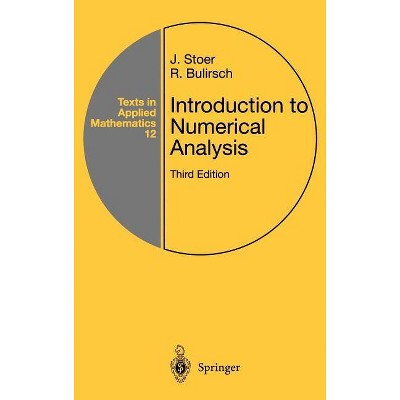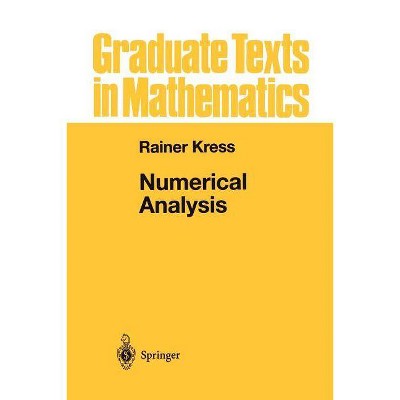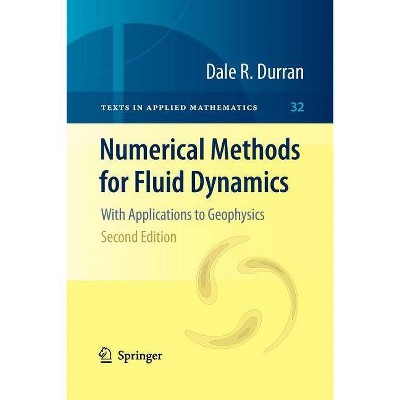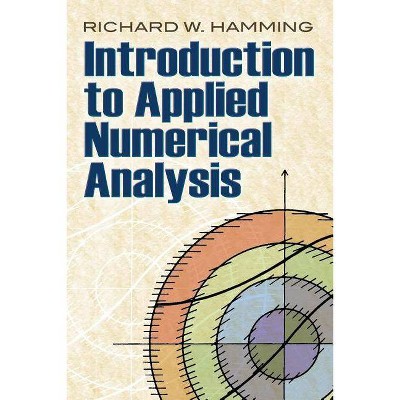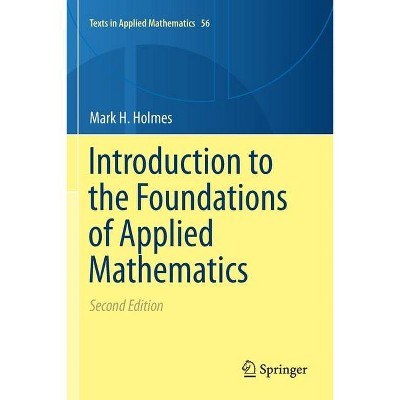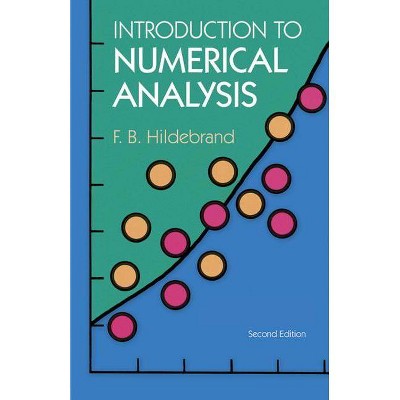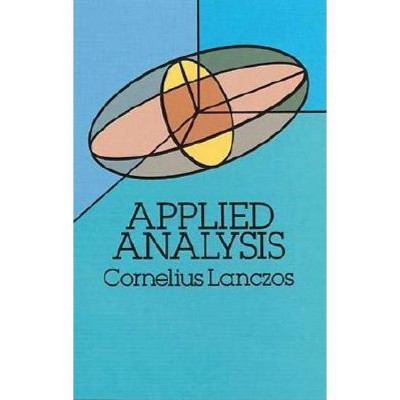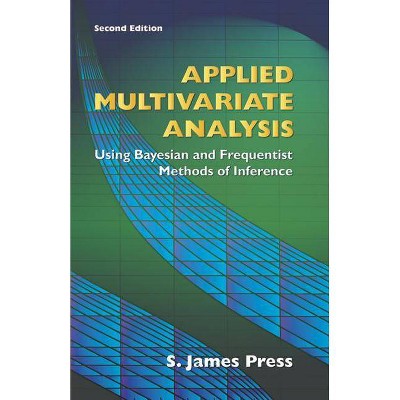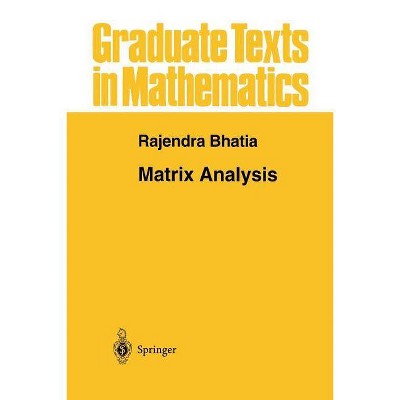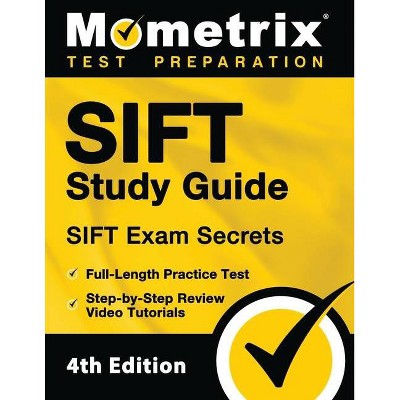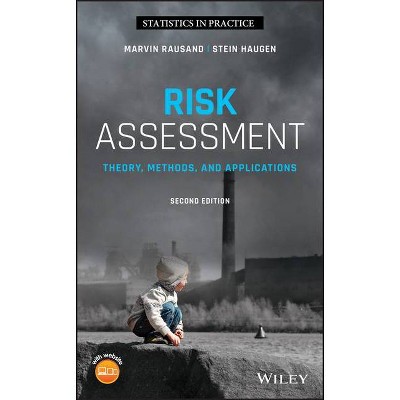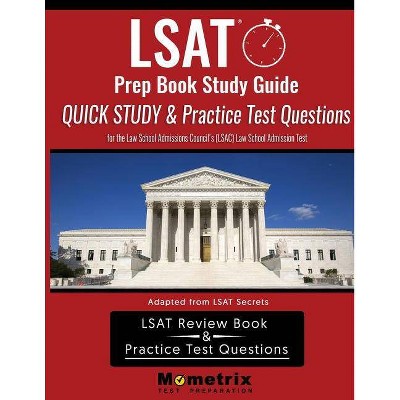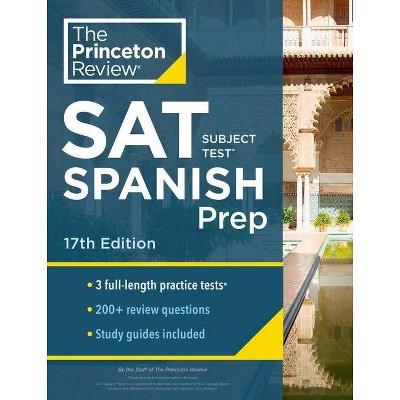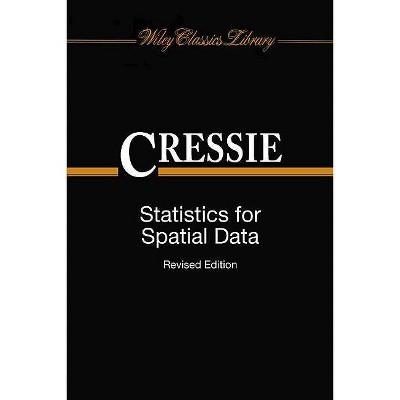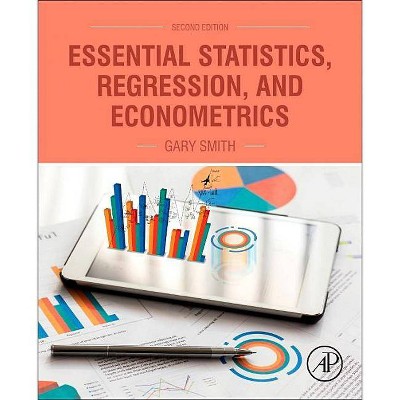Theoretical Numerical Analysis - (Texts in Applied Mathematics) 3rd Edition by Kendall Atkinson & Weimin Han (Paperback)
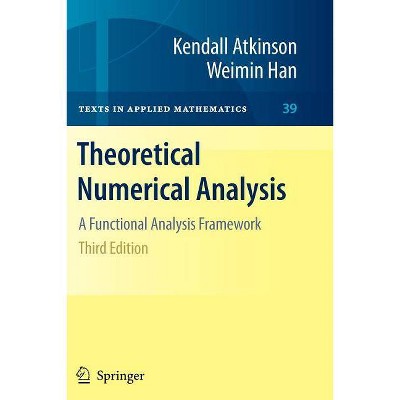
Similar Products
Products of same category from the store
AllProduct info
<p/><br></br><p><b> About the Book </b></p></br></br><p>This book prepares graduate students for research in numerical analysis/computational mathematics by giving a mathematical framework embedded in functional analysis and focused on numerical analysis. This helps them to move rapidly into a research program.</p><p/><br></br><p><b> Book Synopsis </b></p></br></br>Linear Spaces.- Linear Operators on Normed Spaces.- Approximation Theory.- Fourier Analysis and Wavelets.- Nonlinear Equations and Their Solution by Iteration.- Finite Difference Method.- Sobolev Spaces.- Weak Formulations of Elliptic Boundary Value Problems.- The Galerkin Method and Its Variants.- Finite Element Analysis.- Elliptic Variational Inequalities and Their Numerical Approximations.- Numerical Solution of Fredholm Integral Equations of the Second Kind.- Boundary Integral Equations.- Multivariable Polynomial Approximations.<p/><br></br><p><b> From the Back Cover </b></p></br></br><p>This textbook prepares graduate students for research in numerical analysis/computational mathematics by giving to them a mathematical framework embedded in functional analysis and focused on numerical analysis. This helps the student to move rapidly into a research program. The text covers basic results of functional analysis, approximation theory, Fourier analysis and wavelets, iteration methods for nonlinear equations, finite difference methods, Sobolev spaces and weak formulations of boundary value problems, finite element methods, elliptic variational inequalities and their numerical solution, numerical methods for solving integral equations of the second kind, boundary integral equations for planar regions, and multivariable polynomial approximations. The presentation of each topic is meant to be an introduction with certain degree of depth. Comprehensive references on a particular topic are listed at the end of each chapter for further reading and study. In this third edition, a new chapter, Multivariable Polynomial Approximations, is included, numerous changes are made throughout the entire text, and new exercises are added.</p> <p>Review of earlier edition: </p> <p>"...the book is clearly written, quite pleasant to read, and contains a lot of important material; and the authors have done an excellent job at balancing theoretical developments, interesting examples and exercises, numerical experiments, and bibliographical references."</p> <p>R. Glowinski, SIAM Review, 2003</p><p/><br></br><p><b> Review Quotes </b></p></br></br><br><p>From the reviews of the third edition: </p><p>"Overall, the book is clearly written, quite pleasant to read, and contains a lot of important material; and the authors have done an excellent job at balancing theoretical developments, interesting examples and exercises, numerical experiments, and bibliographical references." (SIAM)</p><p>"This is the third edition, based on a graduate course taught by the authors at the University of Iowa for many years. ... There are tons and tons of well chosen explicit examples. ... it can be used for reading courses in functional analysis for strong senior undergraduates that aren't quite ready for a graduate analysis course, and it can be used as a reference for analysts of all stripes. I got a lot from reading it and so will you." (Andrew Locascio, The Mathematical Association of America, October, 2010)</p><br>
Price History
Price Archive shows prices from various stores, lets you see history and find the cheapest. There is no actual sale on the website. For all support, inquiry and suggestion messages communication@pricearchive.us
